German Garden Ideas: Transform Your Outdoor Space
Are you looking to transform your garden with some inspiration from Germany? German gardens are known for their blend of practicality and beauty, making them a wonderful source of ideas for any gardener. Discover how to incorporate the charming and efficient elements that define German gardens into your own outdoor space.
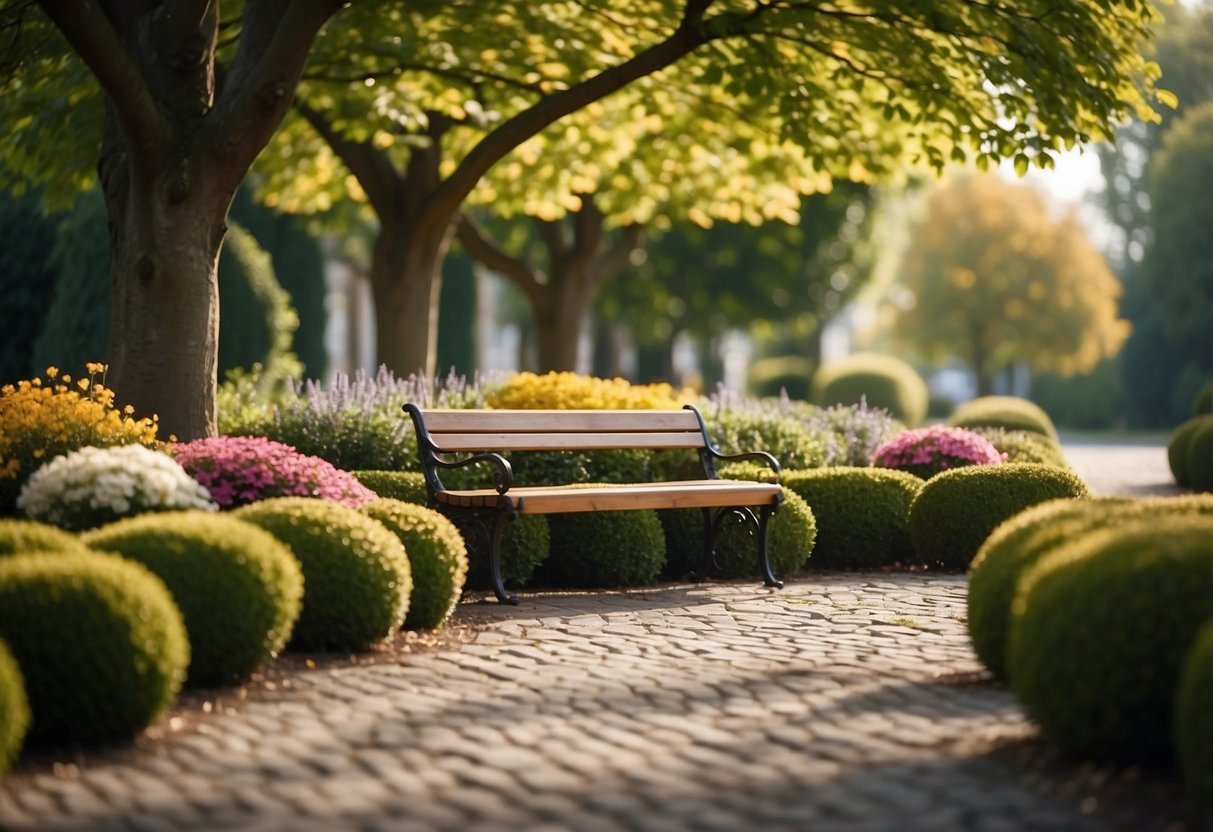
In this article, you’ll find various ideas that can help you create an inviting and visually appealing garden. From traditional allotment gardens to relaxing beer garden vibes, German gardening techniques offer something for everyone.
1) Herb Spiral Garden
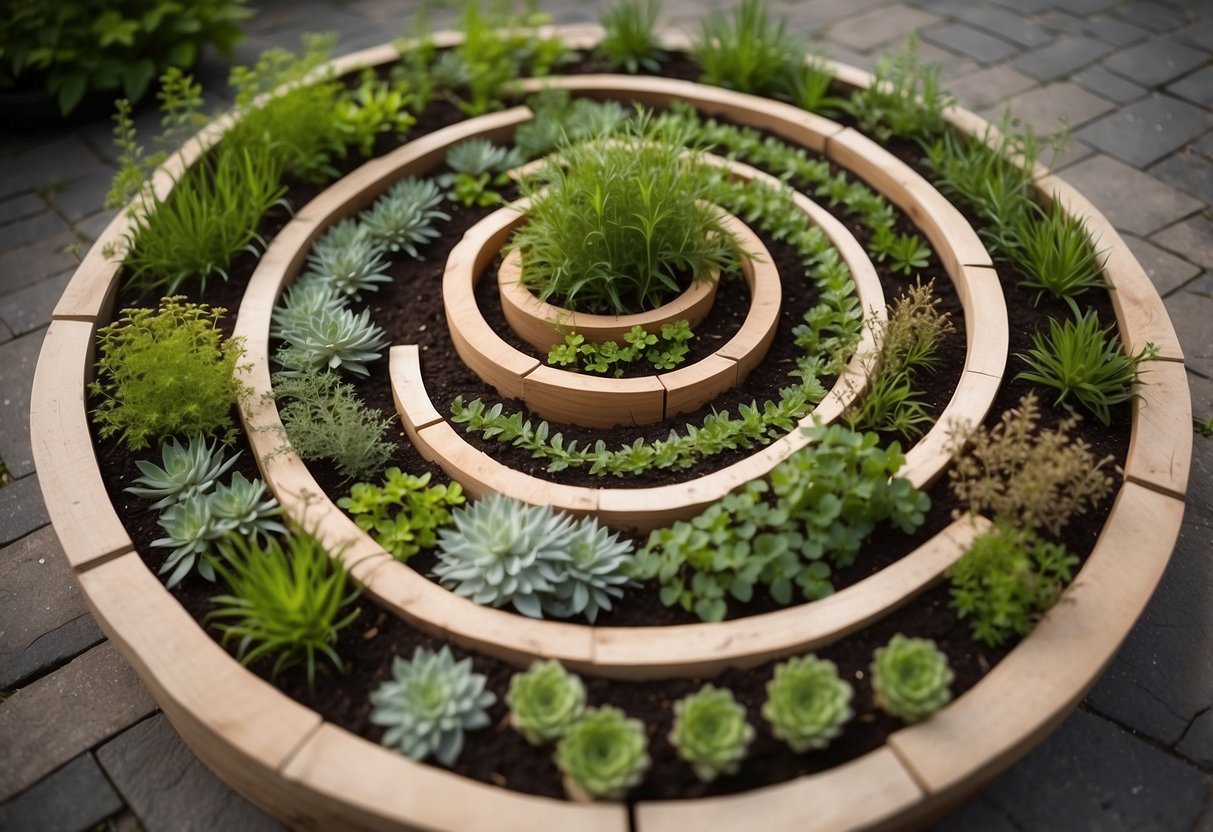
A herb spiral garden is a creative way to grow herbs in a compact space. The spiral shape allows you to plant many different herbs, all within easy reach.
You start with a base made of stones, bricks, or repurposed materials. This foundation raises the garden vertically, saving space.
Each layer of the spiral provides different growing conditions, which is perfect for a variety of herbs. In the center, the soil is drier, great for rosemary or thyme. Towards the bottom, it stays moister, ideal for basil or parsley. This design can fit beautifully in any German garden.
Learn more about building your own herb spiral from the Balcony Garden Web.
2) Bee-Friendly Wildflowers
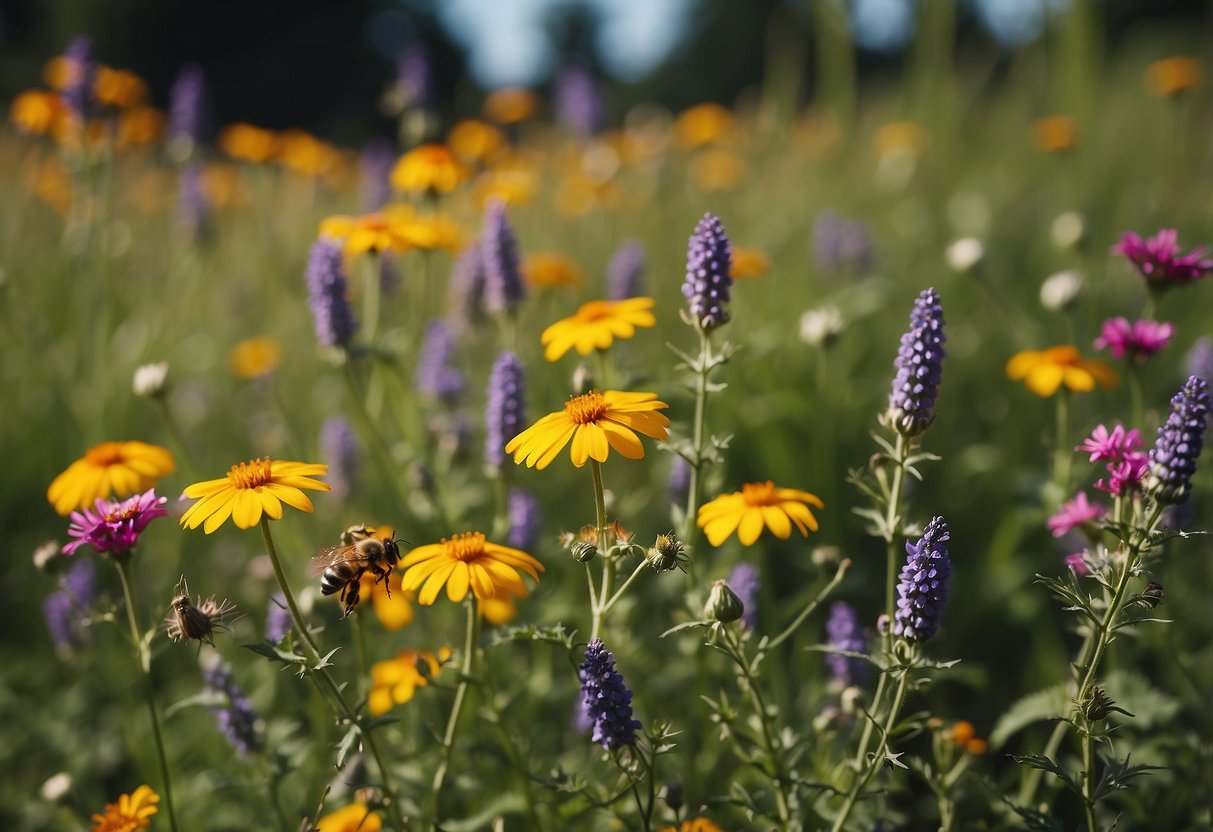
Planting bee-friendly wildflowers is a great way to attract pollinators to your garden. Flowers like bee balm, also known as wild bergamot, bring a burst of color and a pleasant scent. These flowers thrive in sunny spots and well-drained soil and can bloom through spring and summer.
Foxgloves are another excellent choice. They add height and beauty to your garden. Growing them from seeds can be rewarding and more affordable than buying mature plants. Consider the ‘Sutton’s Apricot’ variety for a delightful touch.
For more ideas, check out these bee-friendly plants to enhance your garden.
3) Hochbeet (Raised Garden Bed)
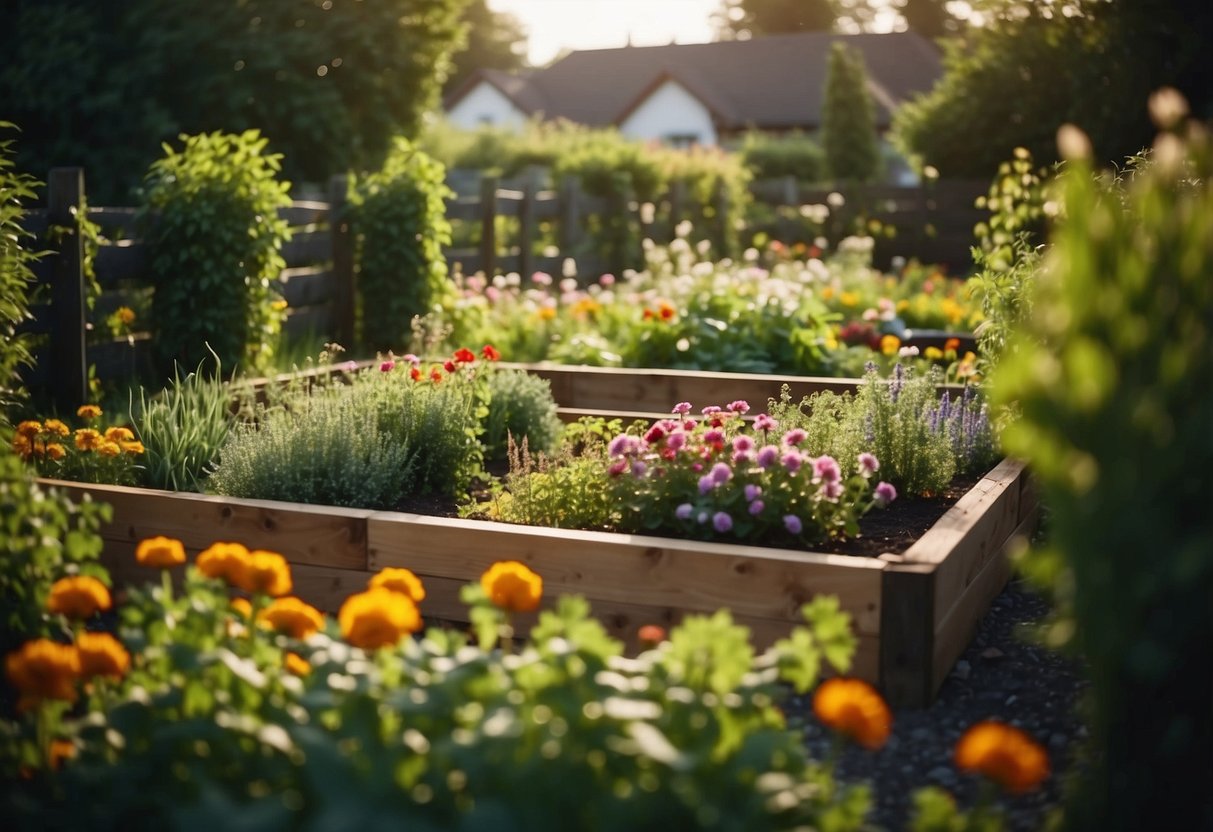
A Hochbeet, or raised garden bed, is a fantastic way to grow plants. It’s especially helpful if you have poor soil or want to garden without bending over.
You can build a Hochbeet using wood, bricks, or other materials. This elevates your garden, making it easier to manage.
Hochbeets also provide excellent drainage and can extend your growing season by warming up faster in the spring. Whether you’re growing vegetables, herbs, or flowers, a raised garden bed is a great addition to your garden. For inspiration, check out designs on Hochbeet.com.
4) Schrebergarten (Allotment Garden)

Schrebergärten are small plots of land that you can rent. These gardens have a long history in Germany. They started to help people grow their own food, especially in tough times like wars.
Today, you can find Schrebergärten all over Germany. They are usually located on the edges of cities and towns. Each plot often has a small house or shed where you can store tools and relax.
These gardens are great for growing vegetables, fruits, and flowers. They also offer a place for families and friends to gather and enjoy nature. If you love gardening, a Schrebergarten could be the perfect escape for you.
To learn more about Schrebergarten and how to get one, check out available resources.
5) Hain (Grove) with Stone Path
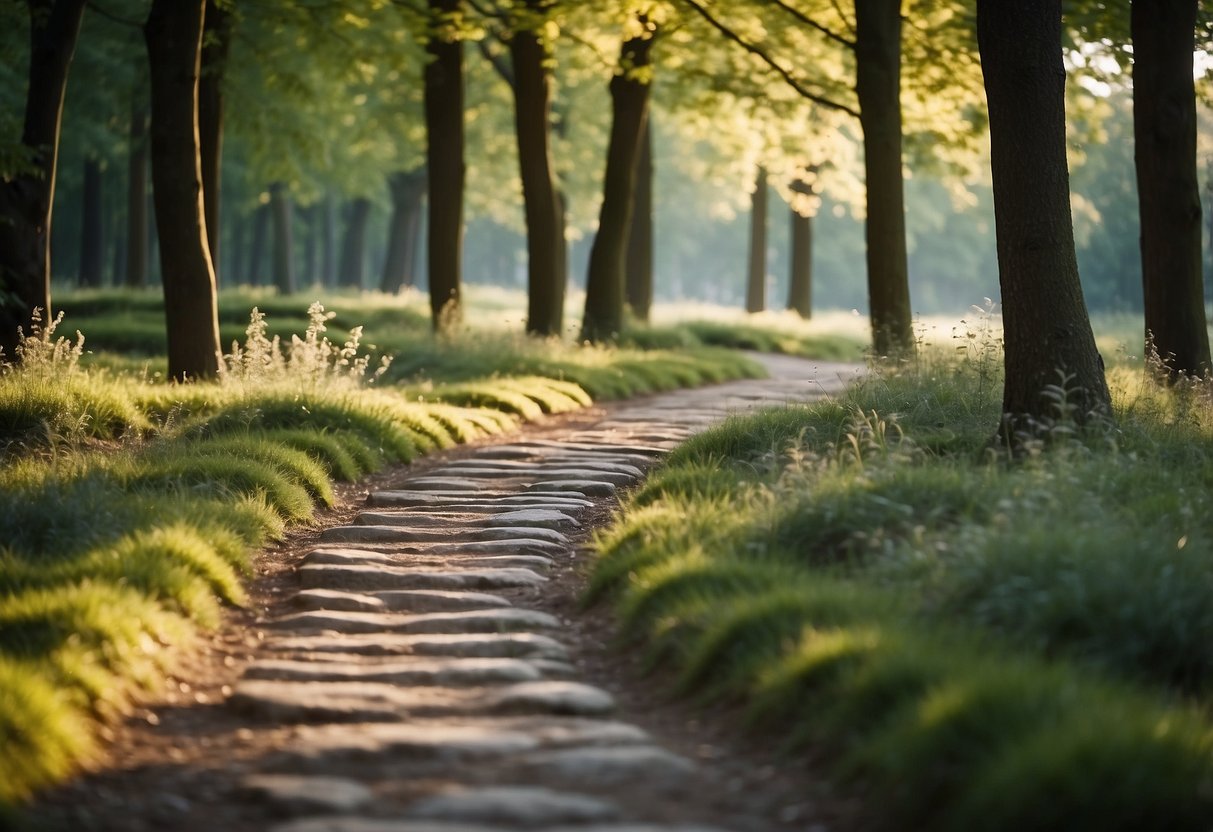
Imagine walking through a beautiful grove in your garden. Adding a stone path can transform this space into a magical place.
Using stepping stones helps guide your way while adding a rustic charm. Choose natural stones for a more organic feel. A curved pathway can add a serene touch.
Plant some lush greenery along the sides of the path. This not only makes it look inviting but also gives it a more natural look. Pebbles or smaller stones between the larger ones can enhance the design.
6) Pergola with Climbing Roses
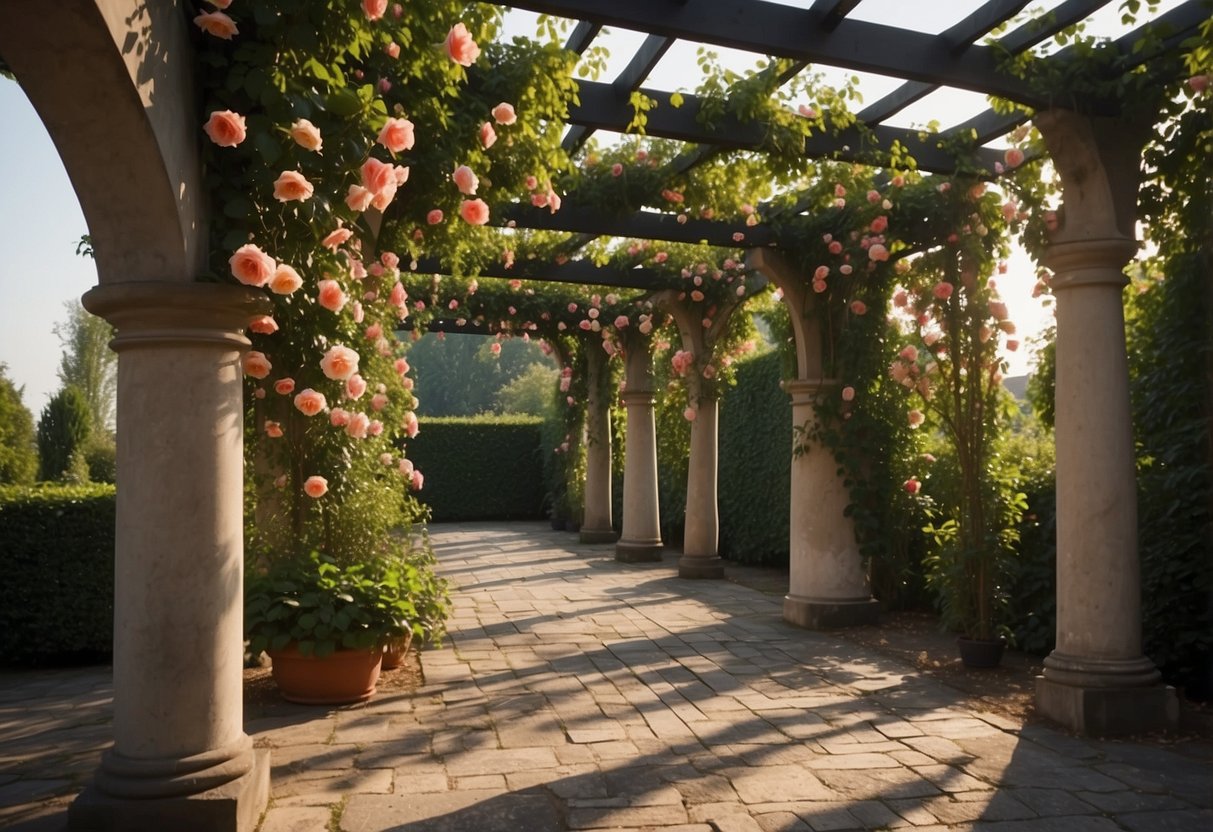
Adding a pergola with climbing roses to your garden can create a beautiful and inviting space. Climbing roses like Cecile Brunner offer generous sprays of fragrant flowers, perfect for covering a pergola.
The White Lady Bank climbing rose on a mounted trellis is another great choice. Its elegance will enhance the look of any pergola, making it a charming focal point in your garden.
These roses not only add color but also provide a lovely aroma you can enjoy all season.
7) Bavarian Beer Garden Set-Up

Creating a Bavarian beer garden in your backyard is a fun project. Start with wooden picnic tables; they are a staple in any beer garden. Add large, colorful umbrellas to provide some shade.
Next, consider setting up a space under some large trees if you have them, mimicking the authentic beer gardens in places like Munich’s Hirschgarten.
For a true Bavarian feel, decorate with string lights and lanterns. This will create a cozy atmosphere for your guests. Don’t forget to have coolers stocked with your favorite beers!
8) Cottage-Style Flower Beds

Cottage-style flower beds are perfect for creating a cozy, charming look. They are known for their mix of colorful flowers, herbs, and vegetables.
You can frame your trees with blooms or plant bright flowers like zinnias and cosmos. These flowers add vibrant color and attract pollinators to your garden.
Try arranging flowers of different heights and shapes to create a stunning display. For more cottage garden ideas, you can visit this Homes & Gardens article.
9) Ornate Garden Sculpture
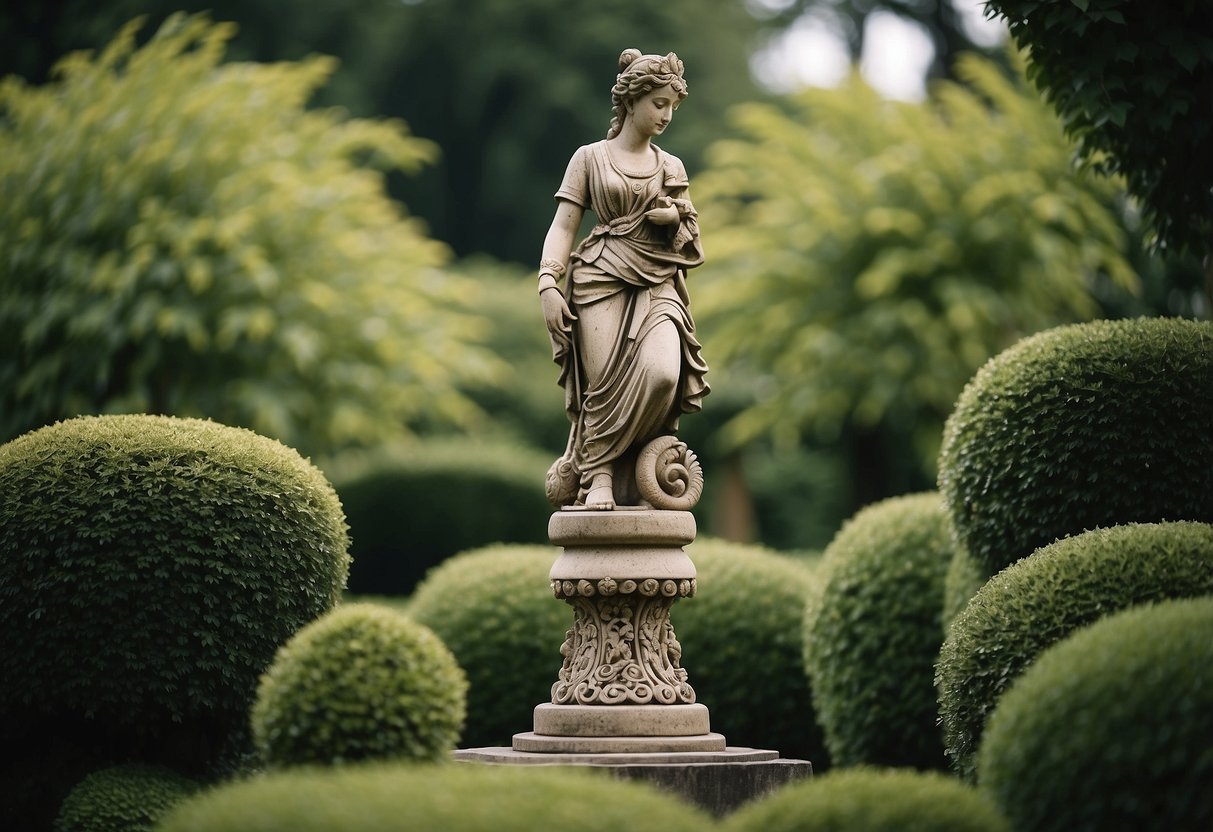
Adding ornate garden sculptures can bring a touch of elegance to your outdoor space.
Consider choosing pieces that reflect your personal taste and complement the garden’s style. A crescent moon sculpture made from smooth stones can add a mystical feel.
For a playful touch, try sculptures that cover a walkway, like a whimsical caterpillar.
10) Vertical Wall Planters
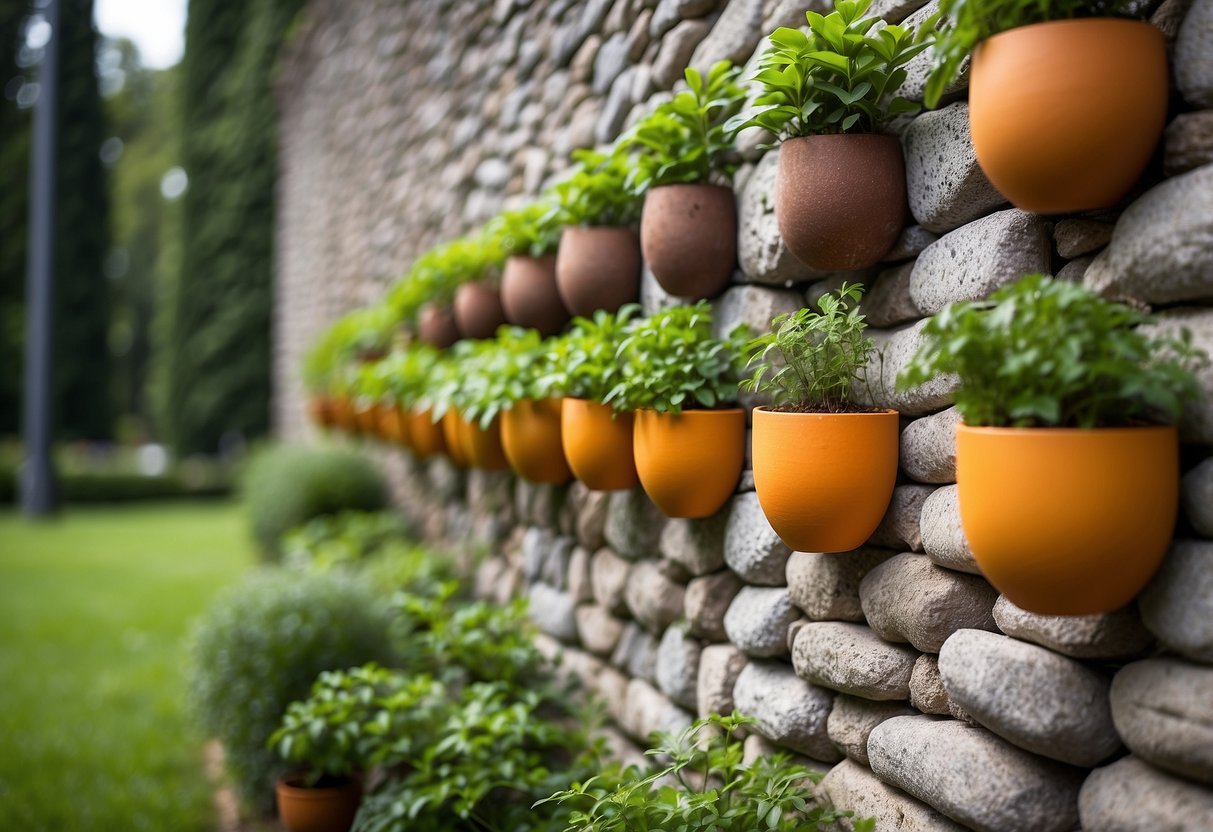
Vertical wall planters are a great way to add greenery to small spaces. You can create a green garden on a wall or a fence.
Use materials like copper pipes for a more modern look, as seen in some DIY projects.
Another option is to build a wooden slat wall and place planters on it, transforming any space (example project).
Try using large-leaf plants like Monstera for a lush indoor wall (more ideas).
Characteristics of a German Garden
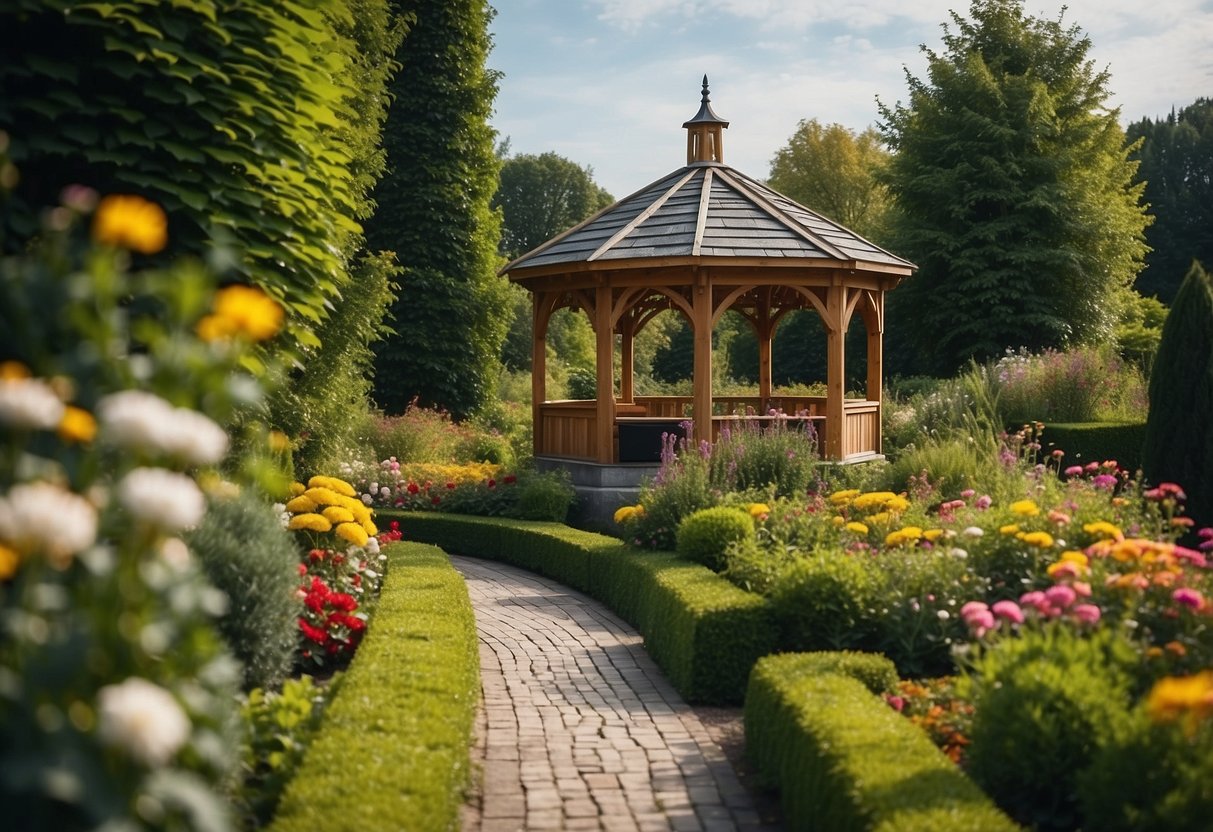
German gardens are known for their structured layouts and specific plant choices. They showcase a blend of order and natural beauty.
Formal Layout and Structure
A German garden often features a formal layout. Paths are usually straight and geometric. You’ll find hedges and fences that divide different parts of the garden. This setup creates a sense of order and organization.
Many German gardens also include water features like ponds or small fountains. Symmetry is a key element, and garden paths often lead to a central point. Stone or brick pathways are common. They not only look good but are also practical.
Benches and seating areas are thoughtfully placed. This allows you to enjoy the beauty of the garden from multiple angles. Using natural stone or wood for garden structures adds a rustic charm.
Traditional Plant Choices
German gardens often use a variety of local and traditional plants. Popular flowers include roses, tulips, and hydrangeas. Evergreens like boxwood and yew provide year-round structure and color.
Fruit trees like apple and cherry are common. They not only look beautiful but also provide fruit. Herbs like thyme, rosemary, and lavender are often planted along pathways. These add both fragrance and utility.
In addition to flowers and herbs, many German gardens include vegetables. You might see neatly arranged rows of carrots, lettuce, and beans. This mix of ornamental and edible plants makes a German garden both beautiful and practical.
For more specifics on these traditions, you can explore the development options and historic features that have shaped these gardens.
Design Elements in German Gardens

German gardens are known for their charming blend of natural materials and thoughtful design. They often include elements like water features, artistic sculptures, and well-designed paths that guide you through the garden.
Water Features
Water features are a significant part of German garden design. Small ponds, streams, and fountains create a peaceful atmosphere. They attract wildlife such as birds and frogs, adding life to your garden. Historically, many German gardens used natural sources like rivers and springs to create these features. Consider adding a small fountain or a pond in your garden to create a focal point and a sense of tranquility. Ensure the water feature fits with the overall garden layout.
Garden Art and Sculptures
Garden art and sculptures are common in German gardens. These can range from classical statues to modern art pieces. Sculptures often serve as focal points, drawing the eye and creating interest. Materials like stone, metal, and wood are typically used to match the natural surroundings. You might see statues of historical figures, abstract designs, or local wildlife. Adding a unique piece of art to your garden can personalize the space and reflect your own taste. Placement is key, so think about where it will be most visually impactful.
Paths and Walkways
Paths and walkways are essential in German gardens for guiding visitors and dividing different areas. They are often made from natural materials like stone or gravel. Curved paths can create a sense of mystery and exploration. Straight paths are more formal and structured. The choice of material can significantly affect the garden’s look and feel. Wooden planks, cobblestones, or bricks can be used depending on the desired aesthetic. Regular maintenance is crucial to keep the paths clear and safe. Adding edging plants or lighting can enhance the beauty and functionality of these walkways.







